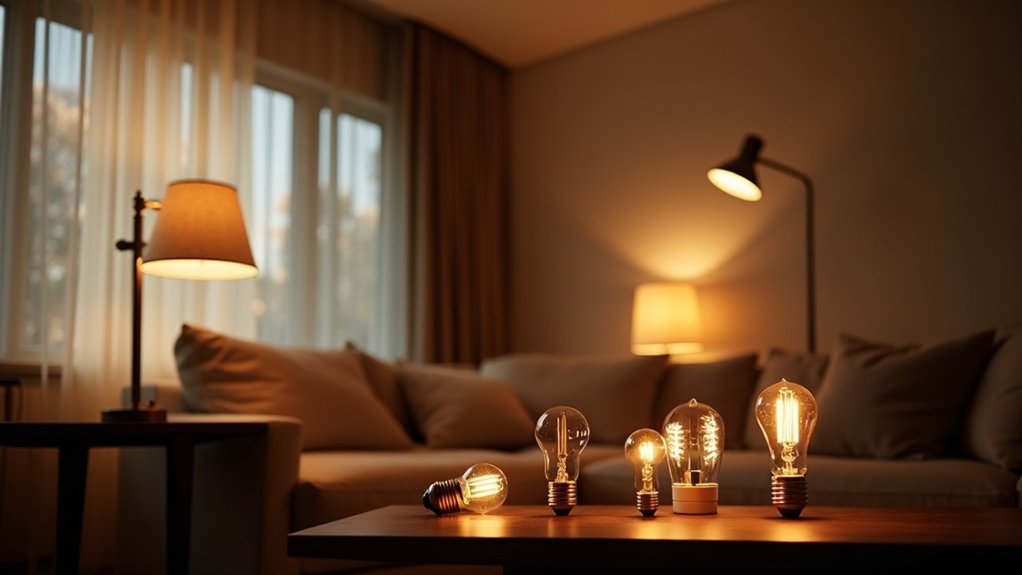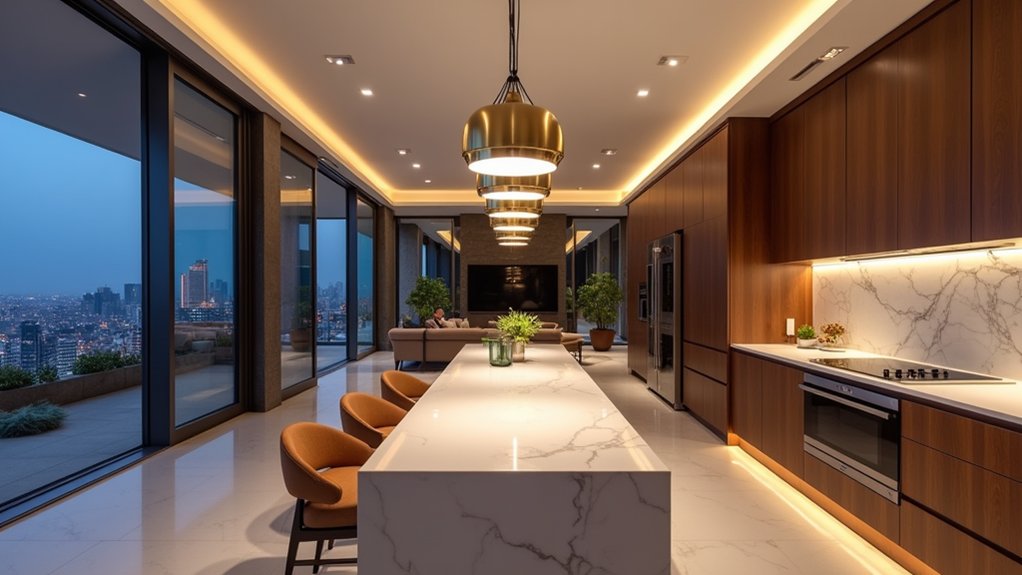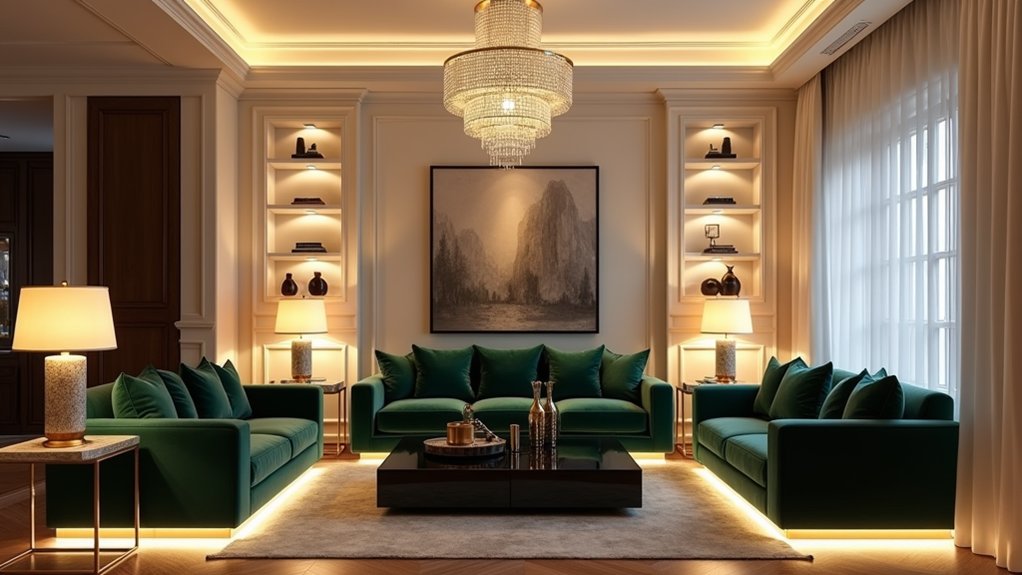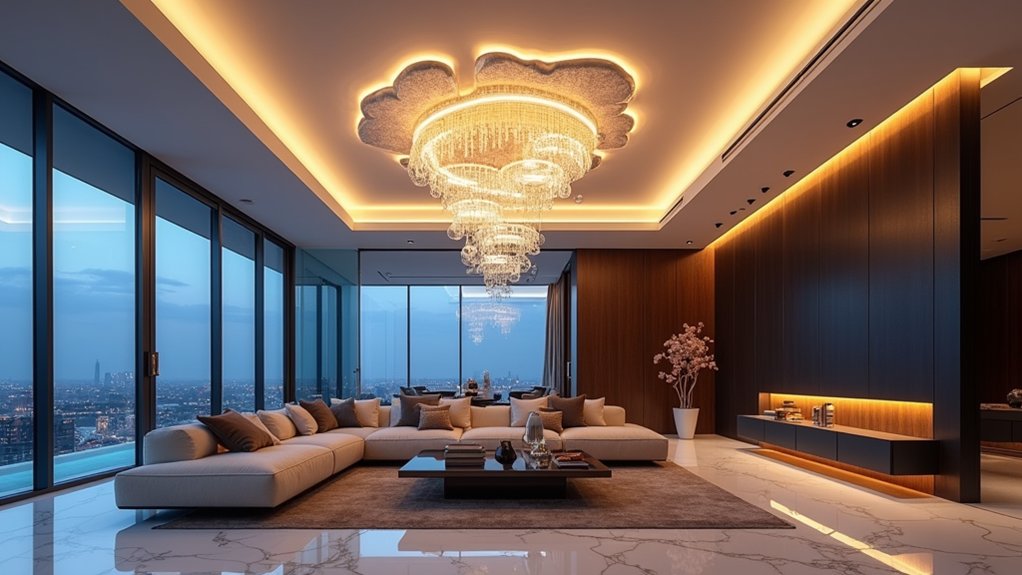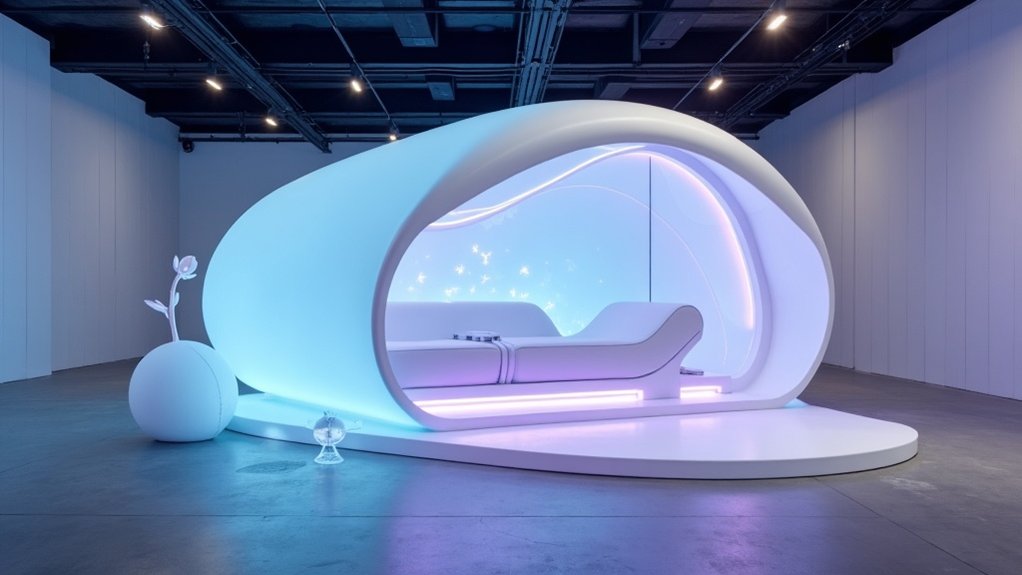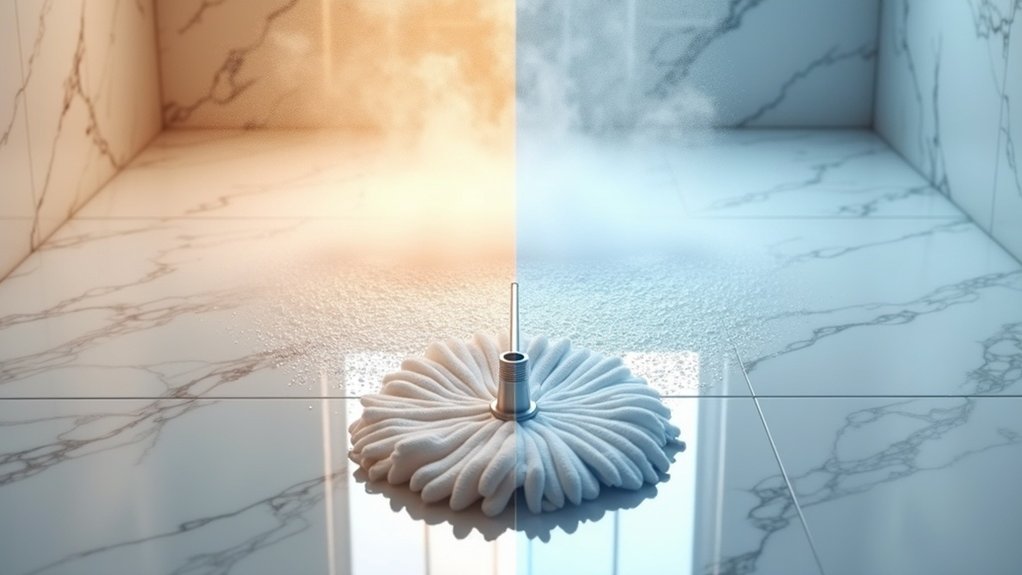When selecting light bulbs for their homes, consumers face an overwhelming array of choices that extend far beyond the simple incandescent bulbs of previous generations. Modern lighting technology offers multiple options, each with distinct advantages for specific applications and energy efficiency goals.
LED bulbs have emerged as the gold standard for residential lighting, consuming up to 80% less energy than traditional incandescents while lasting 15,000 to 25,000 hours. A typical LED requires only 6-7 watts to produce the same 400-500 lumens that a 40-watt incandescent generates. Professional electricians refer to the light-emitting component as a lamp, while the housing that holds it is technically the fixture.
CFLs represent a middle ground, using about 70% less energy than incandescents with a 7-9 year lifespan, though they contain small amounts of mercury requiring careful disposal.
Understanding lumens proves crucial for selecting appropriate brightness levels. Rather than focusing on wattage, which merely indicates energy consumption, lumens measure actual light output. A standard 60-watt incandescent replacement requires 650-850 lumens, achievable with a 7-10 watt LED or 13-18 watt CFL.
Package labeling now prominently displays lumens as the primary brightness indicator. Bulb codes like A19 indicate both the shape and size, with the letter representing the bulb type and the number showing the diameter in eighths of an inch.
Color temperature significantly impacts room ambiance and functionality. Measured in Kelvins, warm white light around 2700K creates cozy, relaxing environments, while daylight bulbs exceeding 5000K provide crisp illumination ideal for task-oriented spaces.
Cool light above 4000K improves concentration in home offices, whereas warmer tones below 3000K suit bedrooms and living areas.
Base types and bulb shapes determine fixture compatibility. Most household fixtures accommodate A19 bulbs with E26 medium screw bases, while decorative chandeliers and sconces typically require candle-shaped bulbs with E12 candelabra or E17 intermediate bases.
Specialty fixtures like recessed lighting may need GU or bi-pin bases.
Environmental considerations extend beyond energy efficiency. LEDs contain no mercury and offer superior environmental friendliness compared to CFLs.
Outdoor applications demand weather-resistant bulbs, while enclosed fixtures require bulbs rated for restricted airflow to prevent overheating. Dimmable options necessitate compatible fixtures and dimmers, clearly marked on packaging.
